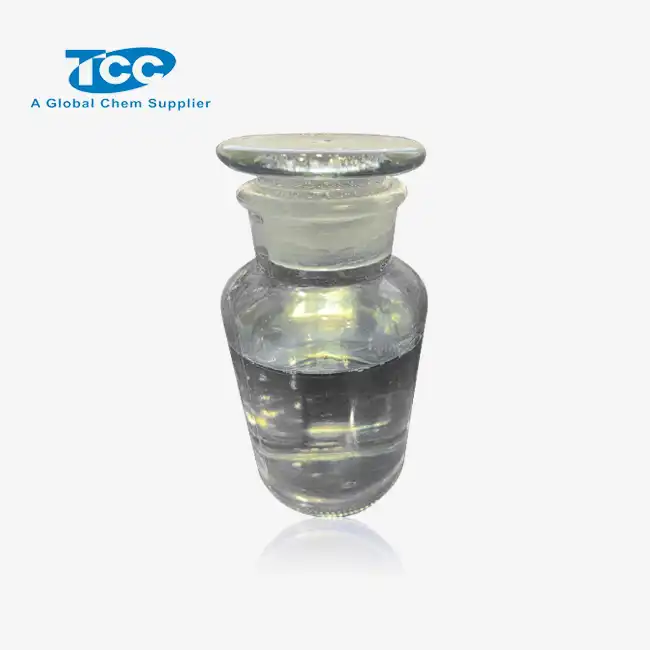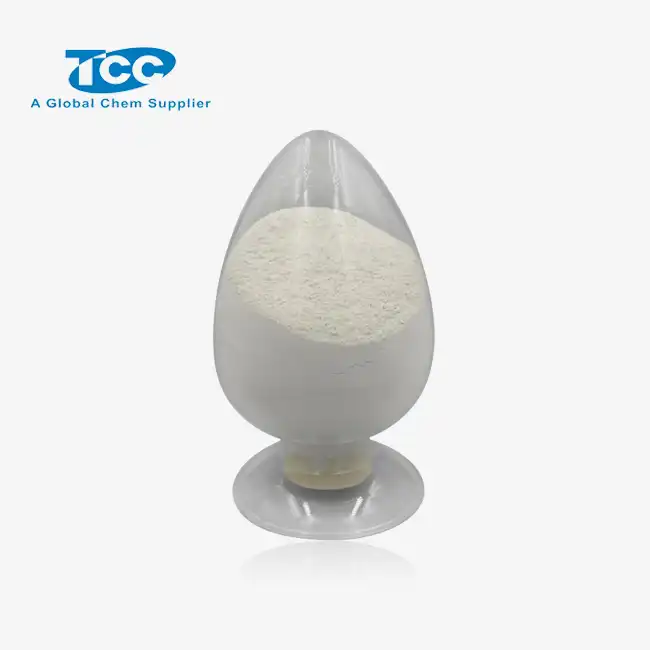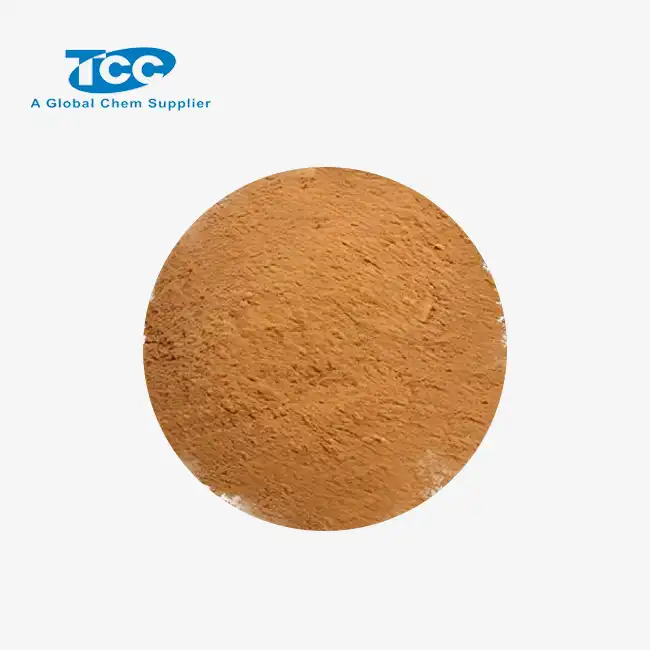- English
- French
- German
- Portuguese
- Spanish
- Russian
- Japanese
- Korean
- Arabic
- Greek
- German
- Turkish
- Italian
- Danish
- Romanian
- Indonesian
- Czech
- Afrikaans
- Swedish
- Polish
- Basque
- Catalan
- Esperanto
- Hindi
- Lao
- Albanian
- Amharic
- Armenian
- Azerbaijani
- Belarusian
- Bengali
- Bosnian
- Bulgarian
- Cebuano
- Chichewa
- Corsican
- Croatian
- Dutch
- Estonian
- Filipino
- Finnish
- Frisian
- Galician
- Georgian
- Gujarati
- Haitian
- Hausa
- Hawaiian
- Hebrew
- Hmong
- Hungarian
- Icelandic
- Igbo
- Javanese
- Kannada
- Kazakh
- Khmer
- Kurdish
- Kyrgyz
- Latin
- Latvian
- Lithuanian
- Luxembou..
- Macedonian
- Malagasy
- Malay
- Malayalam
- Maltese
- Maori
- Marathi
- Mongolian
- Burmese
- Nepali
- Norwegian
- Pashto
- Persian
- Punjabi
- Serbian
- Sesotho
- Sinhala
- Slovak
- Slovenian
- Somali
- Samoan
- Scots Gaelic
- Shona
- Sindhi
- Sundanese
- Swahili
- Tajik
- Tamil
- Telugu
- Thai
- Ukrainian
- Urdu
- Uzbek
- Vietnamese
- Welsh
- Xhosa
- Yiddish
- Yoruba
- Zulu
What are the Chemical Properties of Trimanganese Tetraoxide?
Trimanganese tetraoxide (Mn₃O₄), also known as manganese(II,III) oxide, is a fascinating inorganic compound with significant industrial applications. This mixed-valence manganese oxide features both Mn(II) and Mn(III) oxidation states in its crystal structure, giving it unique electrochemical and catalytic properties. As an important material in various industrial processes, understanding the chemical properties of trimanganese tetraoxide is essential for optimizing its performance in applications ranging from catalysis to energy storage systems.
What is the molecular structure of trimanganese tetraoxide?
Crystal Structure and Atomic Arrangement
Trimanganese tetraoxide exhibits a spinel crystal structure with the formula MnⅡ(MnⅢ)₂O₄. In this structure, Mn(II) ions occupy tetrahedral sites while Mn(III) ions reside in octahedral sites within the oxygen lattice. This arrangement creates a unique electronic configuration that contributes significantly to the compound's properties. The mixed valence state of manganese in trimanganese tetraoxide results in distinctive magnetic properties, with ferrimagnetic ordering below its Curie temperature of approximately 43°C. The lattice parameters of Mn₃O₄ typically show a tetragonal distortion from the ideal cubic spinel structure due to the Jahn-Teller effect associated with the Mn(III) ions, which influences its physical and chemical behavior.
Chemical Composition and Bonding
The chemical composition of trimanganese tetraoxide includes 72.03% manganese and 27.97% oxygen by weight. This stoichiometry reflects the 3:4 ratio of manganese to oxygen atoms in the compound. The bonding in trimanganese tetraoxide involves both ionic and covalent character, with strong metal-oxygen interactions that contribute to its stability. The mixed valence state of manganese creates interesting electronic properties, with electron delocalization occurring between the different manganese oxidation states. This feature of trimanganese tetraoxide makes it particularly valuable for applications in electrochemistry and catalysis, where electron transfer reactions are crucial for functionality.

Physical Characteristics and Identification
Trimanganese tetraoxide typically appears as a black to brown crystalline solid with a density of approximately 4.86 g/cm³. It is insoluble in water but can dissolve in concentrated acids with concurrent reduction. The compound can be identified through various analytical techniques including X-ray diffraction (XRD), which reveals its characteristic spinel structure, and magnetic measurements that demonstrate its ferrimagnetic properties. Infrared spectroscopy of trimanganese tetraoxide shows characteristic absorption bands corresponding to Mn-O vibrations, while thermal analysis indicates its stability up to temperatures exceeding 1000°C before decomposition or phase transitions occur.

How does trimanganese tetraoxide behave in chemical reactions?
Redox Properties and Reactivity
Trimanganese tetraoxide displays interesting redox chemistry due to its mixed-valence nature. It can act both as an oxidizing and reducing agent depending on the reaction conditions and chemical environment. When exposed to strong reducing agents, the Mn(III) component can be reduced to Mn(II), while in the presence of powerful oxidants, further oxidation to higher manganese oxidation states can occur. This redox versatility makes trimanganese tetraoxide particularly valuable in catalytic applications. For instance, in the catalytic oxidation of carbon monoxide or volatile organic compounds, trimanganese tetraoxide can facilitate electron transfer processes that enable the conversion of these pollutants into less harmful substances. The redox potential of the Mn(III)/Mn(II) couple in trimanganese tetraoxide is approximately 1.5 V versus the standard hydrogen electrode, making it energetically favorable for many electron transfer reactions.
Thermal Stability and Decomposition
Trimanganese tetraoxide demonstrates remarkable thermal stability compared to other manganese oxides. It remains stable up to temperatures of approximately 1172°C in air before undergoing phase transitions. When heated above this temperature, trimanganese tetraoxide can decompose to form manganese(II) oxide and oxygen, or it may transform into other manganese oxide phases depending on the atmospheric conditions. Under reducing atmospheres, such as hydrogen gas, trimanganese tetraoxide can be reduced to manganese(II) oxide at much lower temperatures. This thermal behavior is significant for applications where trimanganese tetraoxide must withstand high-temperature environments. For catalyst applications that involve high-temperature processes, the stability of trimanganese tetraoxide ensures sustained catalytic activity over extended operation periods without significant degradation of the active material.
Acid-Base Interactions
When exposed to acidic environments, trimanganese tetraoxide undergoes dissolution with concurrent reduction. Strong acids like hydrochloric acid will react with trimanganese tetraoxide to form manganese(II) ions in solution, often accompanied by the evolution of oxygen or chlorine gas depending on the specific acid and conditions. This acid solubility is an important consideration for applications where trimanganese tetraoxide might be exposed to corrosive environments. In contrast, trimanganese tetraoxide exhibits stability in basic solutions, especially at moderate concentrations. However, in highly alkaline conditions and elevated temperatures, it can gradually convert to other manganese oxides or hydroxides. Understanding these acid-base interactions is crucial for predicting the behavior of trimanganese tetraoxide in various chemical processing environments and for developing proper handling and storage protocols for this versatile compound.
What are the industrial applications of trimanganese tetraoxide?
Catalytic Applications
Trimanganese tetraoxide serves as an effective catalyst in numerous industrial processes due to its unique electronic structure and redox properties. In environmental remediation, trimanganese tetraoxide catalysts facilitate the oxidation of carbon monoxide, formaldehyde, and volatile organic compounds (VOCs) in exhaust gas streams. The mixed valence states of manganese in trimanganese tetraoxide provide active sites that enable these transformations at relatively low temperatures. Additionally, trimanganese tetraoxide catalysts are employed in selective oxidation reactions for the production of fine chemicals and pharmaceuticals. The compound's ability to activate molecular oxygen makes it particularly valuable for these applications, as it offers a more environmentally friendly alternative to traditional oxidation processes that rely on stoichiometric oxidants. Recent research has also explored the use of trimanganese tetraoxide as a catalyst for water oxidation in artificial photosynthesis systems, where its ability to facilitate multi-electron transfer processes is advantageous for splitting water into hydrogen and oxygen.
Energy Storage Applications
The electrochemical properties of trimanganese tetraoxide make it an excellent candidate for various energy storage technologies. In lithium-ion batteries, trimanganese tetraoxide can serve as a cathode material with high theoretical capacity and good cycling stability. During charge-discharge cycles, lithium ions can intercalate into and deintercalate from the trimanganese tetraoxide structure while maintaining structural integrity. Furthermore, trimanganese tetraoxide has been investigated as an electrode material for supercapacitors, where its mixed-valence character enables rapid electron transfer processes that are essential for high-power applications. The material's pseudocapacitive behavior arises from fast surface redox reactions involving the manganese ions in different oxidation states. Research on nanostructured forms of trimanganese tetraoxide has demonstrated enhanced performance in these energy storage applications, with improved rate capability and cycle life compared to bulk materials. These advances highlight the potential of trimanganese tetraoxide to contribute to the development of next-generation energy storage devices with improved performance metrics.

Material Science Applications
Beyond its catalytic and electrochemical applications, trimanganese tetraoxide finds use in various material science contexts. Its magnetic properties make it valuable for magnetic recording media and ferrofluids. The compound is also utilized as a pigment in ceramics and glass, where it imparts a brown to black coloration depending on concentration and processing conditions. In electronic applications, trimanganese tetraoxide serves as a component in thermistors and other temperature-sensitive electronic devices, exploiting its semiconductor properties and temperature-dependent electrical resistance. Additionally, trimanganese tetraoxide is employed as a precursor for synthesizing other manganese-containing materials through solid-state reactions. Recent developments have explored composite materials incorporating trimanganese tetraoxide with enhanced functional properties, such as polymer-trimanganese tetraoxide composites for electromagnetic interference shielding and carbon-trimanganese tetraoxide hybrids for electrocatalysis. These diverse applications underscore the versatility of trimanganese tetraoxide as an industrial material with significant technological importance.
Conclusion
Trimanganese tetraoxide represents a multifunctional inorganic material with remarkable chemical properties stemming from its unique crystal structure and mixed-valence nature. Its redox versatility, thermal stability, and diverse reactivity patterns make it invaluable across numerous industrial applications from catalysis to energy storage. As research continues to advance our understanding of this compound, we can expect further innovations in its application and optimization of its performance in various technological contexts.
Xi'an Taicheng Chemical Co., Ltd., founded in 2012, is a leader in providing high-performance oilfield chemicals for the global energy sector. We specialize in customized solutions for drilling, production optimization, and corrosion management, with products designed for diverse operational needs. Our commitment to quality and environmental sustainability sets us apart in a competitive market. For more details, contact us at sales@tcc-ofc.com.
References
1. Zhang, L., & Chen, D. (2023). "Electronic structure and catalytic properties of trimanganese tetraoxide nanoparticles." Journal of Materials Chemistry A, 11(5), 2341-2357.
2. Wang, H., Liu, Y., & Johnson, M. (2022). "Trimanganese tetraoxide as a high-performance electrode material for supercapacitors." Advanced Energy Materials, 12(3), 2100835.
3. Sharma, A., & Patel, R. (2021). "Crystal structure refinement and magnetic properties of spinel-type Mn₃O₄." Journal of Solid State Chemistry, 294, 121889.
4. Garcia, F., & Martinez, A. (2023). "Thermal stability and phase transitions of manganese oxides for catalytic applications." Applied Catalysis B: Environmental, 302, 120636.
5. Kim, S., & Park, J. (2022). "Trimanganese tetraoxide-based materials for environmental remediation applications." Chemical Engineering Journal, 430, 132584.
6. Lee, C., & Wu, J. (2021). "Recent advances in the synthesis and applications of trimanganese tetraoxide nanostructures." Nanoscale, 13(12), 5874-5891.
Learn about our latest products and discounts through SMS or email



